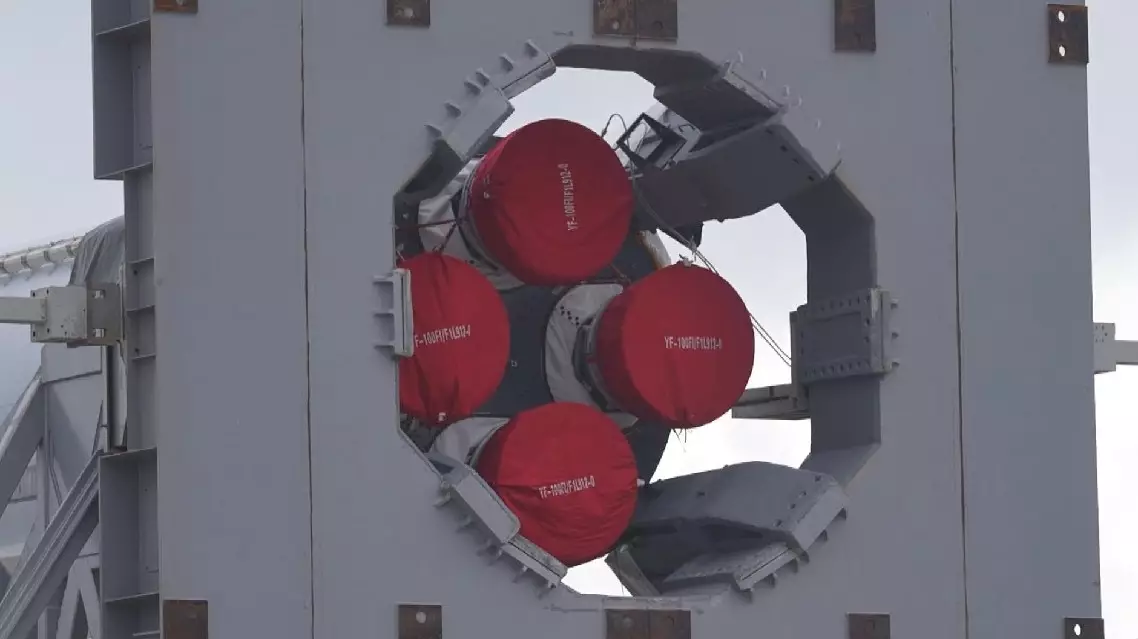Four state-of-the-art 130-ton-thrust liquid oxygen-kerosene engines have powered the successful maiden flight of China's new carrier rocket, the Long March-12, marking the first launch mission for this advanced engine.
The new engine represents a significant advancement, incorporating new materials, processes, and technologies. It is expected to play a key role in China's next generation of launch vehicles.
"This engine is an improved version based on our original 120-ton engine. It features a pump-backswing design with a supplementary combustion cycle. Compared to the previous 120-ton engine, we have reduced the weight by 20 percent, increased the thrust by 5 percent, and enhanced the overall performance," said Li Bin, vice president in charge of the Sixth Academy of the Sixth Academy of the China Aerospace Science and Technology Corp (CASC) and chief engineer of the liquid oxygen kerosene engine.
The standout feature of this engine, as explained by Li, is its "pump backswing" design, which enables a more compact engine structure by minimizing the space required for adjusting the engine's attitude and other reasons through nozzle swinging.
"The pump-backswing engine operates like a person swinging only their legs while keeping the upper body still. In other words, the engine's nozzle is the only part that moves. This limited movement reduces the engine's profile and the area it sweeps, allowing the rocket to be designed more compactly," said Li.
China launched the Long March-12 into space on Saturday night from the Hainan commercial spacecraft launch site on the southern island province of Hainan.
The Long March-12 carrier rocket sent two experimental satellites into their planned orbits.

Upgraded engine powers successful debut of China's Long March-12 rocket

Upgraded engine powers successful debut of China's Long March-12 rocket









